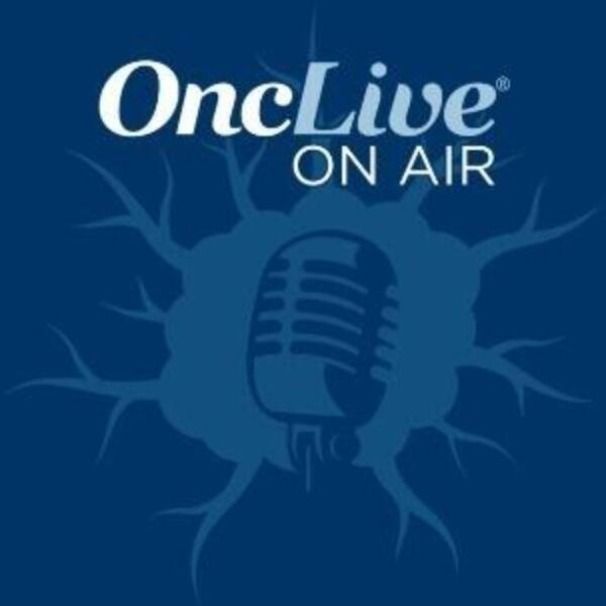Video
Dr. Nastoupil on Challenges Faced With CAR T-Cell Therapy in DLBCL
Author(s):
Loretta J. Nastoupil, MD, discusses challenges faced with CAR T-cell therapy in patients with diffuse large B-cell lymphoma.
Loretta J. Nastoupil, MD, a medical oncologist in the Department of Lymphoma/Myeloma, of the Division of Cancer Medicine, at The University of Texas MD Anderson Cancer Center, discusses challenges faced with CAR T-cell therapy in patients with diffuse large B-cell lymphoma (DLBCL).
It has been shown that CAR T-cell therapy can potentially cure patients with chemotherapy-refractory DLBCL, although the approach is underutilized, according to Nastoupil. Logistically, the approach is not without challenges, adds Nastoupil. For example, this modality can only be administered at registered treatment centers, which requires a referral from a treating physician in most cases. DLBCL is a disease that progresses quickly; therefore, the time it takes for a patient to receive a referral, be seen at the center, and undergo successful cellular infusion presents a challenge, Nastoupil says. Additionally, identifying patients who should receive CAR T-cell therapy is another area in need of further exploration, according to Nastoupil.
Other novel treatment options have entered the landscape within the past few years that don't require a referral and are also worth considering in this patient population, Nastoupil adds. However, in the next few years, a key focus will be to identify patients for curative therapy and refer them to centers that are administering these cellular therapies. Patients who are suited to more palliative treatments should receive tafasitamab (Monjuvi), polatuzumab (Polivy), and selinexor (Xpovio), Nastoupil notes.
Real-world data or collective expert opinion will be needed to disseminate knowledge that cannot be conveyed through prospective studies, Nastoupil concludes.








